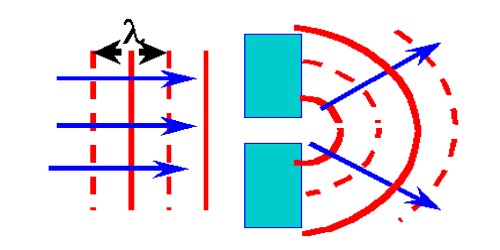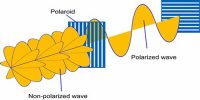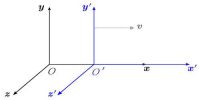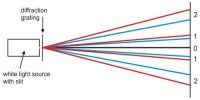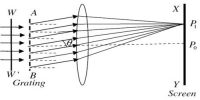Diffraction of light
We know light travels in a straight path through a transparent isotropic medium; but if an opaque body is placed in its path a black space is observed behind the opaque body. It is called a shadow. Production of this shadow is the proof of linear motion of light. If the shadow is closely observed then it will be seen that the formation of the shadow does not obey exactly the ruin of linear motion. Along the edges of the shadow, some portions are flared out. From this, it is evident that along the edges of the body light does not travel in a straight path, but slightly bends and travels in a curved path. This phenomenon of flaring out of light along the sides or edges of a body is called diffraction of light. As the wavelength increases this power of flaring out increases.
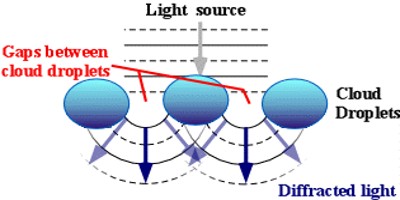
Fig: Diffraction of light
Diffraction of light takes place if the size of the obstacle is comparable to the wavelength of light. Light waves are very small in wavelength, i.e, from 4×10-7 m to 7×10-7 m. If the size of opening or obstacle is near to this limit, only then we can observe the phenomenon of diffraction.
